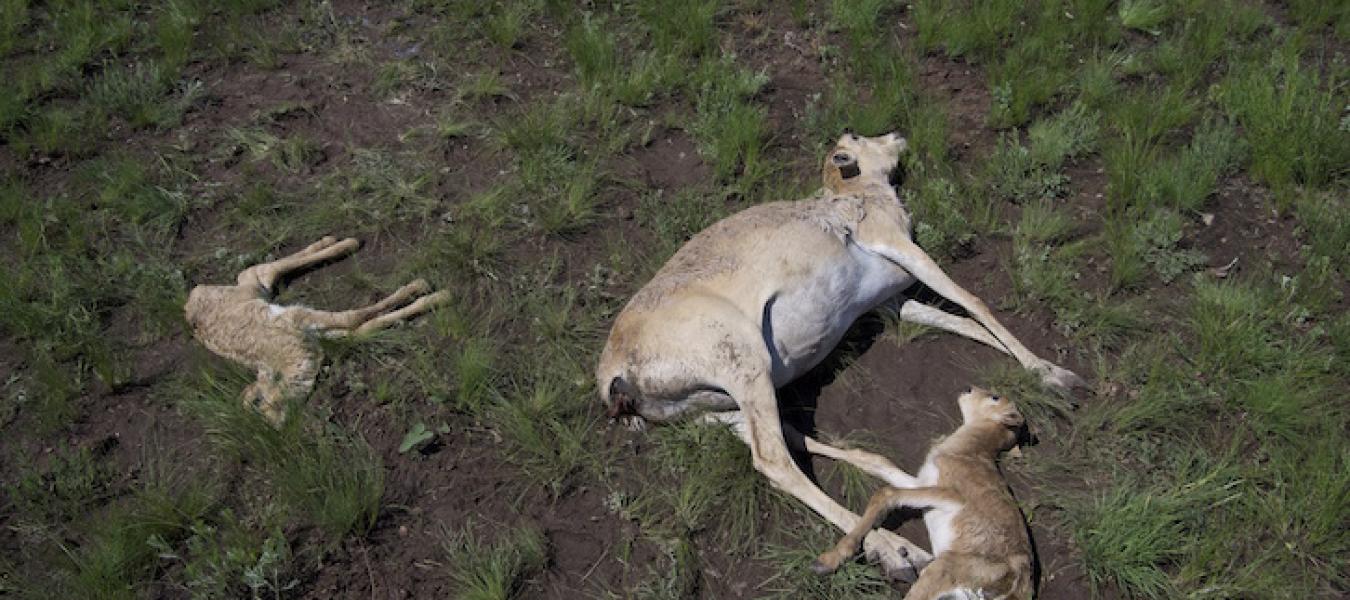Detection and Genetic Characterization of Lineage IV Peste Des Petits Ruminant Virus in Kazakhstan

Peste des petits ruminant (PPR) is endemic in many Asian countries with expansion of the range in recent years including across China during 2013 to 2014 (OIE, 2014). Until the end of 2014, no cases of PPR virus (PPRV) were officially reported to the Office Internationale des Epizooties (OIE) from Kazakhstan.
This study describes for the first time clinicopathological, epidemiological and genetic characterization of PPRV in 3 farm level outbreaks reported for the first time in Zhambyl region (oblast), southern Kazakhstan. Phylogenetic analysis based on partial N gene sequence data confirms the lineage IV PPRV circulation, similar to the virus that recently circulated in China.
The isolated viruses are 99.5-99.7% identical to the PPRV isolated in 2014 from Heilongjiang Province in China and therefore providing evidence of transboundary spread of PPRV.
There is a risk of further maintenance of virus in young stock despite vaccination of adult sheep and goats, along livestock trade and pastoral routes, threatening both small livestock and endangered susceptible wildlife populations throughout Kazakhstan including the endangered saiga antelope.
Click here to view the full article in Transboundary and Emerging Diseases.
